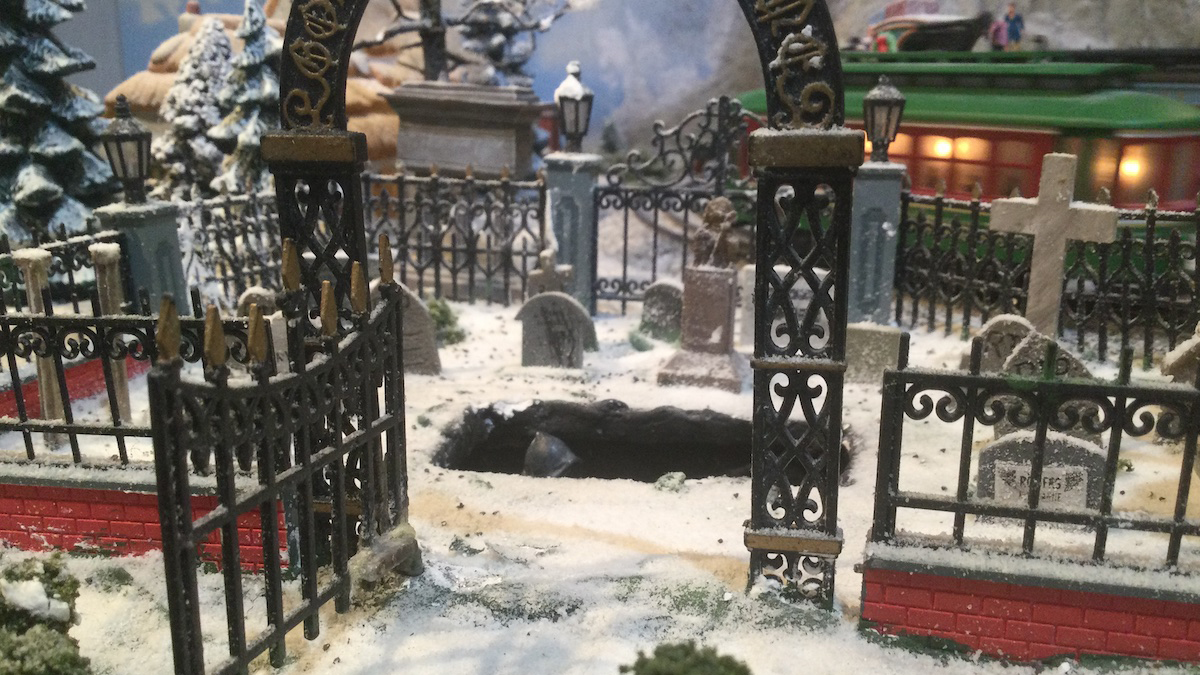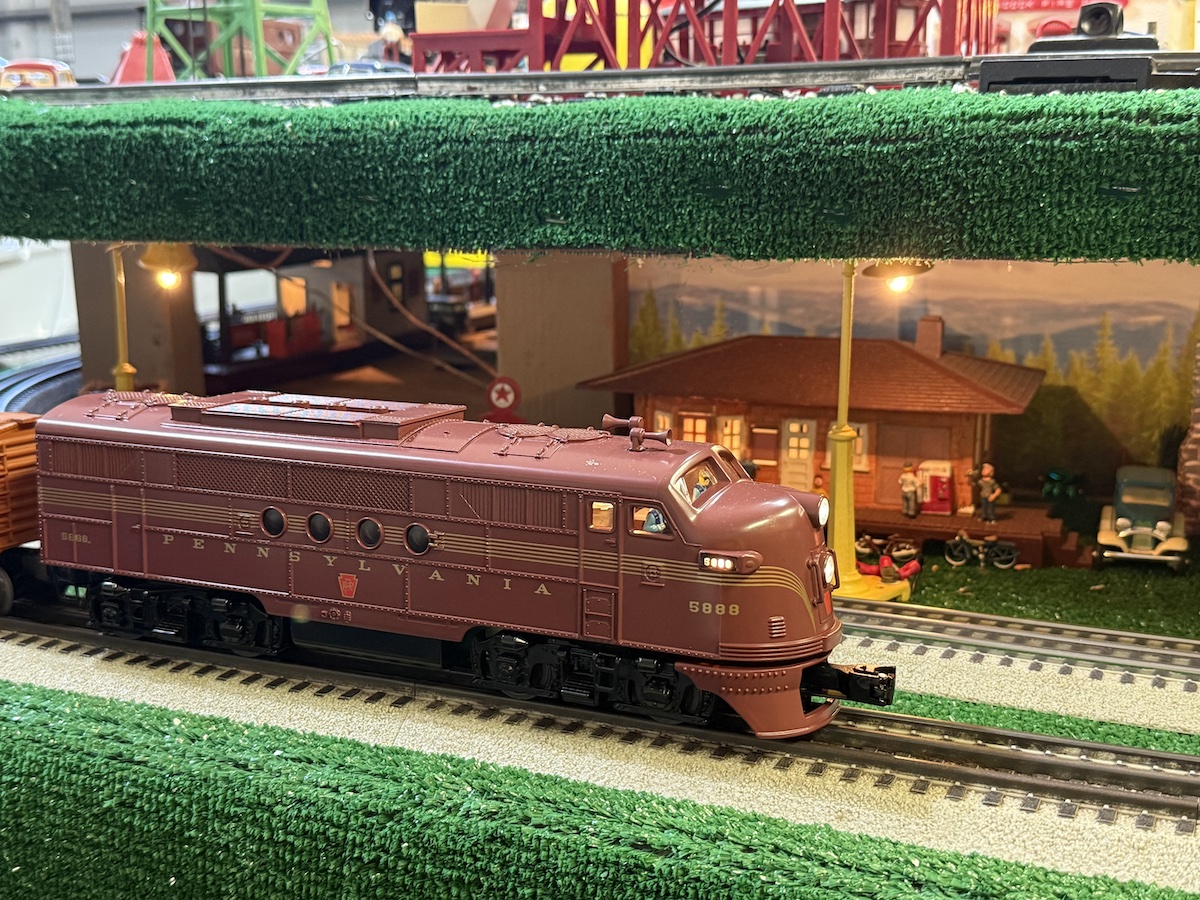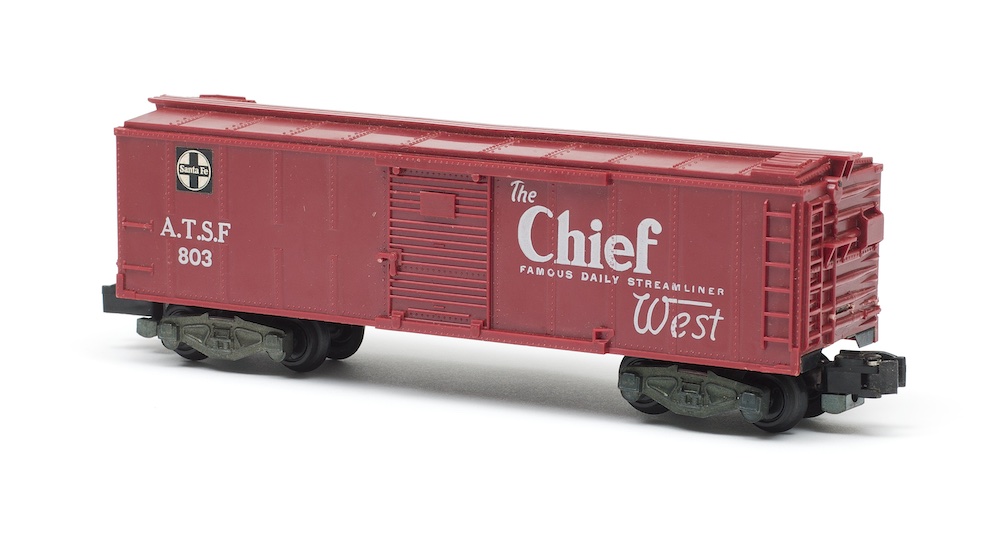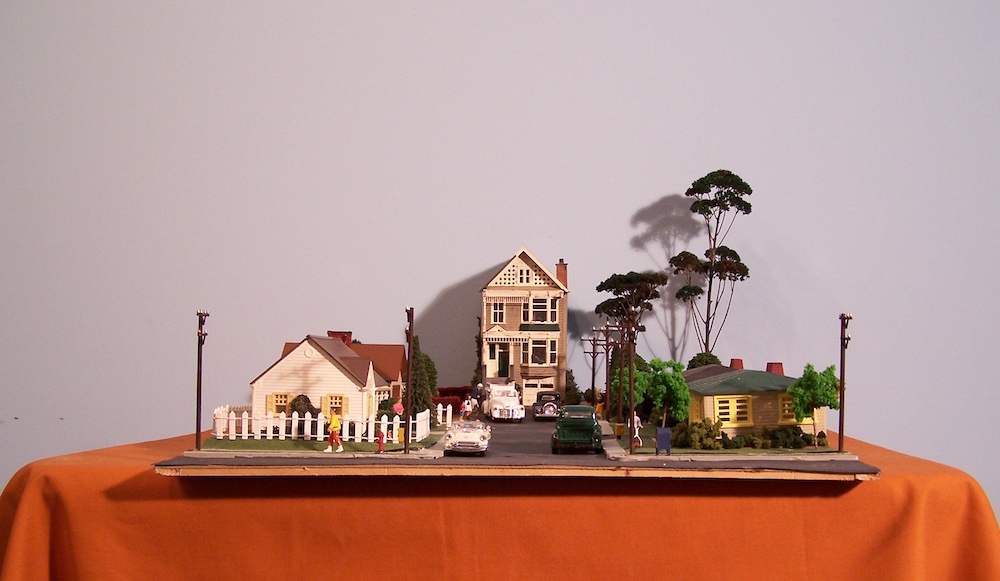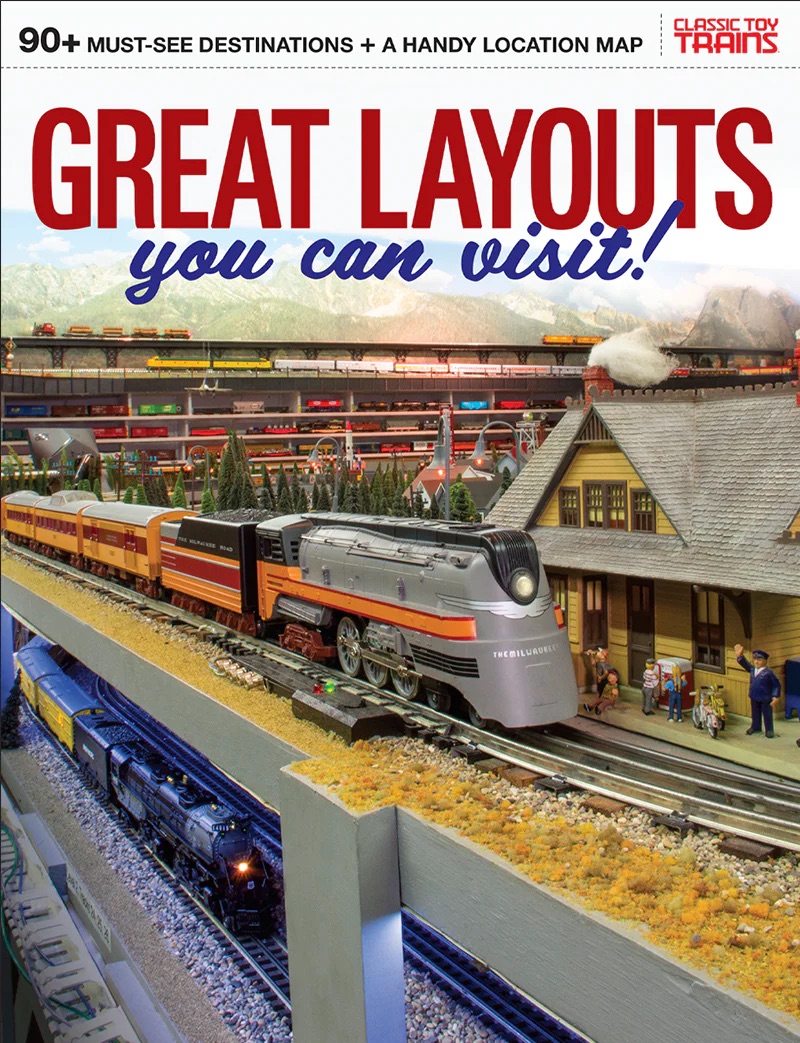Stone has long been used as a building material in the full-size world. Cut stone can be long lasting as the Greeks and Romans showed us centuries ago. A more recent pair of examples are the stone railroad arch bridges from my home in Melrose, Mass., built in 1848 and the Canton Viaduct, which has the Acela riding over it every day, though it was built in 1835.
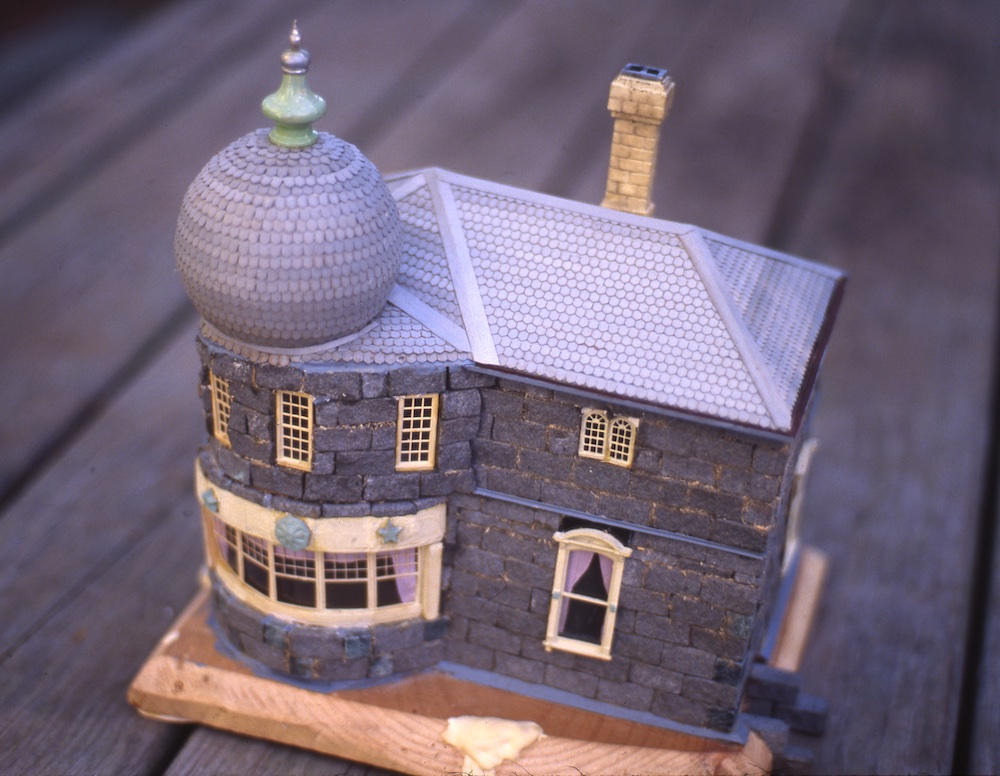
Model railroad structures built of stone are less common compared to their plastic, medium-density fiberboard, or Hydrocal counterparts. I’ll be upfront; scratchbuilding with stone is not for everyone. It can be time consuming and requires patience. But I feel there’s nothing like the look of the real thing, and like any building made from scratch, it’s one of a kind.
My earliest involvement with stone construction came from building stone walls with pebbles retrieved from street gutters. These miniature fieldstones can also be used for foundations and first floor walls of barns and houses. Larger stones can be used for portals. Later, I started using cut stone for revetments, retaining walls, and buildings.
Stone can be purchased at tile stores or big-box home improvement stores. I recommend visiting several stores to see the variety of available materials. Colors come in many colors, including grays, beige, buff, black, and browns. Surfaces can be smooth or rough. Another consideration is the size of the stone block you wish to use for your project and whether you need square, rectangular, or flat blocks.
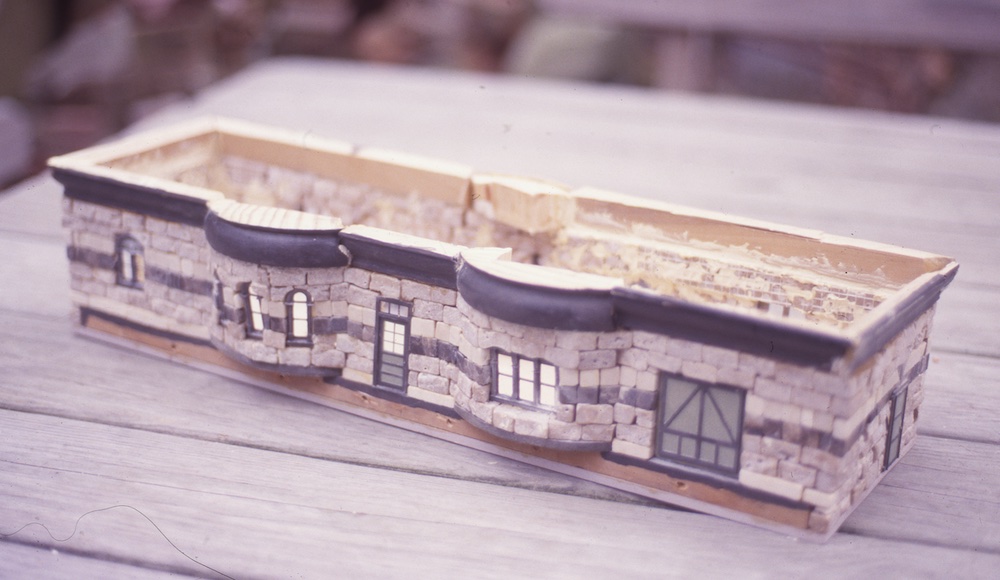
When I constructed a railroad station for my layout, I built the main floor mostly from stone and the second story from wood. The structure is a composite of stone, wood, plastic, cardboard, and metal. I used three stone types with smooth surfaces and one with a rough surface.
When working with stone, a circular diamond wet saw is invaluable. This is a tablesaw with a diamond-coated sawblade that has a water-spray system to keep the blade cool. It’s essential for cutting stone to size. Stones will need to be cut, often on a curvature for arched windows, doors, angles, and corners. Decorative stone will also require shaping, as you will notice on the railroad station. A motorized hand tool, such as a Dremel, with an abrasive attachment, is also handy.
Keep in mind that stone is heavy and your structure will weigh more than its plastic equivalent. I keep a sheet of plywood somewhat larger than the foundation under the structure as a support base. It’s not attached to the structure so I can move it as needed.
Like any scratchbuilt structure, you should have a rough idea of your plan ahead of time, and an idea of the placement of doors and windows. My plans often change during construction, either from desire or necessity, but that’s my style and not everyone’s taste. You can either build the walls in situ atop the foundation and base, or build the walls lying flat on a backing board of thin plywood or hardboard.
You’ll find the most time is taken shaping the stones. After marking the stones for the cuts, I usually cut 15-20 pieces at a time so I don’t have to set up the tile cutter too often. Be aware that the saw creates stone dust, so use a respirator and good ventilation while cutting the stones.
I use contact adhesive to adhere the pieces, along with a fan for good circulation. I can only build a few courses at a time and then let the cement set overnight.
After you set the stones in place and glue them together, you may wish to fill in any gaps with putty. I like Minwax wood putty, but other brands will likely work just as well. Both stone and putty can be painted or weathered, though I try to buy stone colors that are close to my desired colors to avoid the extra work.
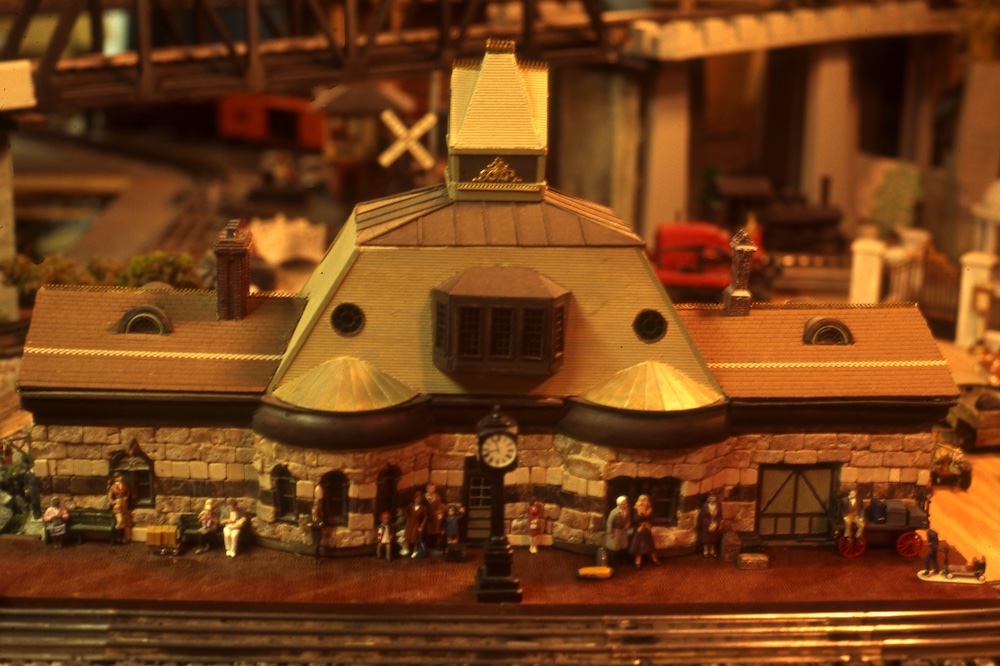
For instance, the station uses beige for the primary color but my next project, a library, will use a blue/gray stone. Different colors and textures give a building character. Study photos from the time period you are modeling to get a better idea of what you’d like to recreate.
In the real world I enjoy looking at buildings constructed with stone and now I can do the same when I visit my layout. It’s the best of both worlds!
Resources
Build a hardboard Hoboken (p. 60)






